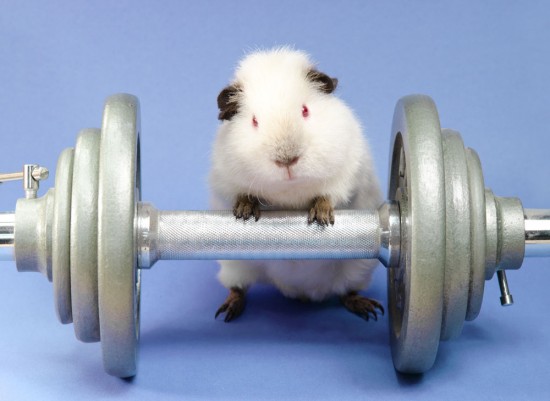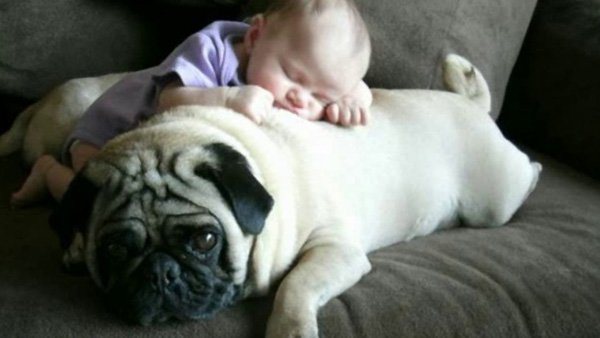
STEP ONE, THE AQUARIUM ITSELF Most of my customers purchase aquariums that are way too small and end up upgrading in the near future anyway.?The minimum size for a saltwater aquarium should be at ...
STEP ONE, THE AQUARIUM ITSELF
Most of my customers purchase aquariums that are way too small and end up upgrading in the near future anyway.?The minimum size for a saltwater aquarium should be at least 55 gallons.?Not only will you be able to keep most fish and corals in this tank, your parameters (salinity, ph, etc) will tend not to fluctuate as much in a larger tank.
Purchase your aquarium and a suitable stand.?I recommend getting one at your local aquarium store that is designed for the aquarium.?Don抰 forget, a 55 gallon aquarium weighs over 550lbs without any rock or sand in it so don抰 put it on an old table.?Now that you have your tank and stand place it on a level surface in your home away from any windows where direct sunlight can influence the temperature.?Ensure the tank is sitting level on the stand.?This is especially crucial with larger tanks as you don抰 want any pressure points that can split your tanks seams.
STEP TWO, ROCK, SAND AND LIGHTING
Purchase a quality reef sand such as Carib Sea Ocean Direct Live Sand and ensure there is at least 2-3 inches of substrate at the bottom of your tank.?This will help remove nitrates in the near future.?We will get into nitrates later on but for now just make sure you purchase enough sand.?As far as lighting there are a variety of options out there.?T5 High Outputs are a good option to keep your electric bill reasonable.?You should do a little research to find out what you will suite your needs.?You will need about 2-3 20 lb bags for every 50 Gallons to achieve this.?Now for the rock, you can use what is called live rock or you can use dry reef rock that is readily available online.?What many aquarists don抰 know is you do not need to use live rock to start.?You can purchase dry reef rock for about $2.75 - $5 per lb versus paying about $7-15 per pound for live rock.?They will both give you the same end result and dry rock gains about 10-30% more weight once it抯 wet so it抯 a better value.?Purchase about one lb for every gallon of water you have so for a 55 Gallon aquarium purchase 50-55 lbs of rock.?Position your rocks securely as desired and proceed to the next step, the water.
STEP THREE, WATER, POWERHEADS AND HEATERS
Now you need to purchase salt (I recommend Instant Ocean for its consistency), Powerheads (Koralia or Aquarium Systems Maxi Jets are a good choice).?The flow you require is a simple formula; at least 10 x the size of you抮e aquarium so for example a 55 Gallon Aquarium needs at least 550 GPH (gallons per hour) of flow.?Now you need to purchase a heater, both Jager and Visi Therm are a decent choice.?They recommend what size is required (in watts) on their packaging and websites.?Purchase a large enough heater because temperature consistency is important for your livestock.?Last but not least purchase a Refractometer for around 50 dollars online.?Measuring salinity with a plastic hydrometer is just not accurate and will cause you grief.
Ok, now that you have purchased your powerheads, heater and salt it抯 time to fill up the tank with water.?One of the most commonly overlooked items is the water itself.?Take it from my experience; use Reverse Osmosis Water with a TDS (total dissolved solids) close as possible to zero.?To start you can purchase this at any water store in 5 gallon jugs or you can purchase a reverse osmosis system for under $200.?If you are serious about keeping saltwater aquariums you need this to help reduce\eliminate various algae抯 and bacteria抯 that can bloom in your tank and kill all of your corals.?This is the reason that most hobbyists throw in the towel.?I could go into more detail about this but just Google red slime or hair algae and do a little reading.?Install your powerheads and heater and start filling up your aquarium.?Once it is full add your salt.?It is usually about ?cup per gallon but check the manufactures recommendation.?Get your salinity up to about 1.024 or 1.025.?
STEP FOUR, THE WAITING GAME
At this point your tank is cycling.?You are waiting for little bacteria that you cannot see to magically appear out of nowhere and start consuming the ammonia.?This can take anywhere from 3-6 weeks and your light is not required.?A trick I have learned is to add a 5-10lb piece of Live Rock to speed up the cycle.?This will introduce some bacteria and life to your tank.?營n a nutshell what happens is the bacteria eat the ammonia and produce nitrites (another type of ammonia), yet another bacteria turns the nitrites into nitrates which are pretty much left in your tank to accumulate.?Skimming and water changes will keep nitrates under control.?You can start skimming any time now.?It抯 not critical at this point but it抯 a good time to fire up your skimmer.?I have always used Coralife Super Skimmers.?They are easy to setup and maintain and do a great job of removing organic waste.?They also give you an option to setup in a sump (another article, another time) or hang on the back of your tank.?They are not pretty but the rock work can hide most of it.?All you have to do now is add top off water to make up for the water that has evaporated.?Do not add saltwater to make up for the missing water or your salinity will rise.?Salt does not evaporate into the air.?That is why we top off with fresh water.?When your ammonia test shows zero you will need to do a 20 percent water change and check it again in a day or so.?If it tests zero you can start by adding a fish.?Take it very slow at this point or your tank will re-cycle killing everything.?Add about one fish or coral once a week and take it slow.?We did not test for nitrites or nitrates because they really don抰 matter at this point.
STEP 5, MAINTAINING YOUR TANK
So your tank is setup and you have a couple of fish and a coral or two.?At this point you should be doing at least a 5 percent water change every week to keep the nitrates down and nuisance algae at bay.?It will also replenish the calcium, magnesium and trace elements that your corals need to survive.?Purchase a good magnet cleaner to scrub the front of your glass.?If you do end up getting some algae run some GFO (granular ferric oxide) in a media bag in a filter to remove the phosphates from your water.?This will keep it from spreading and in combination with manual removal you can keep it under control.
 How To Keep Your Guinea Pig Healthy And Fit
How To Keep Your
How To Keep Your Guinea Pig Healthy And Fit
How To Keep Your
 Which Breed Of Spaniel Would Suit Your Lifestyle Best
Which Breed Of Sp
Which Breed Of Spaniel Would Suit Your Lifestyle Best
Which Breed Of Sp
 An Introduction To The Pinscher Dog Breeds
An Introduction T
An Introduction To The Pinscher Dog Breeds
An Introduction T
 A Relaxed And Comfortable Bath For Your Dog
A Relaxed And Comfortable Bath For Your Dog
Go
A Relaxed And Comfortable Bath For Your Dog
A Relaxed And Comfortable Bath For Your Dog
Go
 All About Therapy Dogs
All About Therapy
All About Therapy Dogs
All About Therapy
Copyright © 2005-2016 Pet Information All Rights Reserved
Contact us: www162date@outlook.com